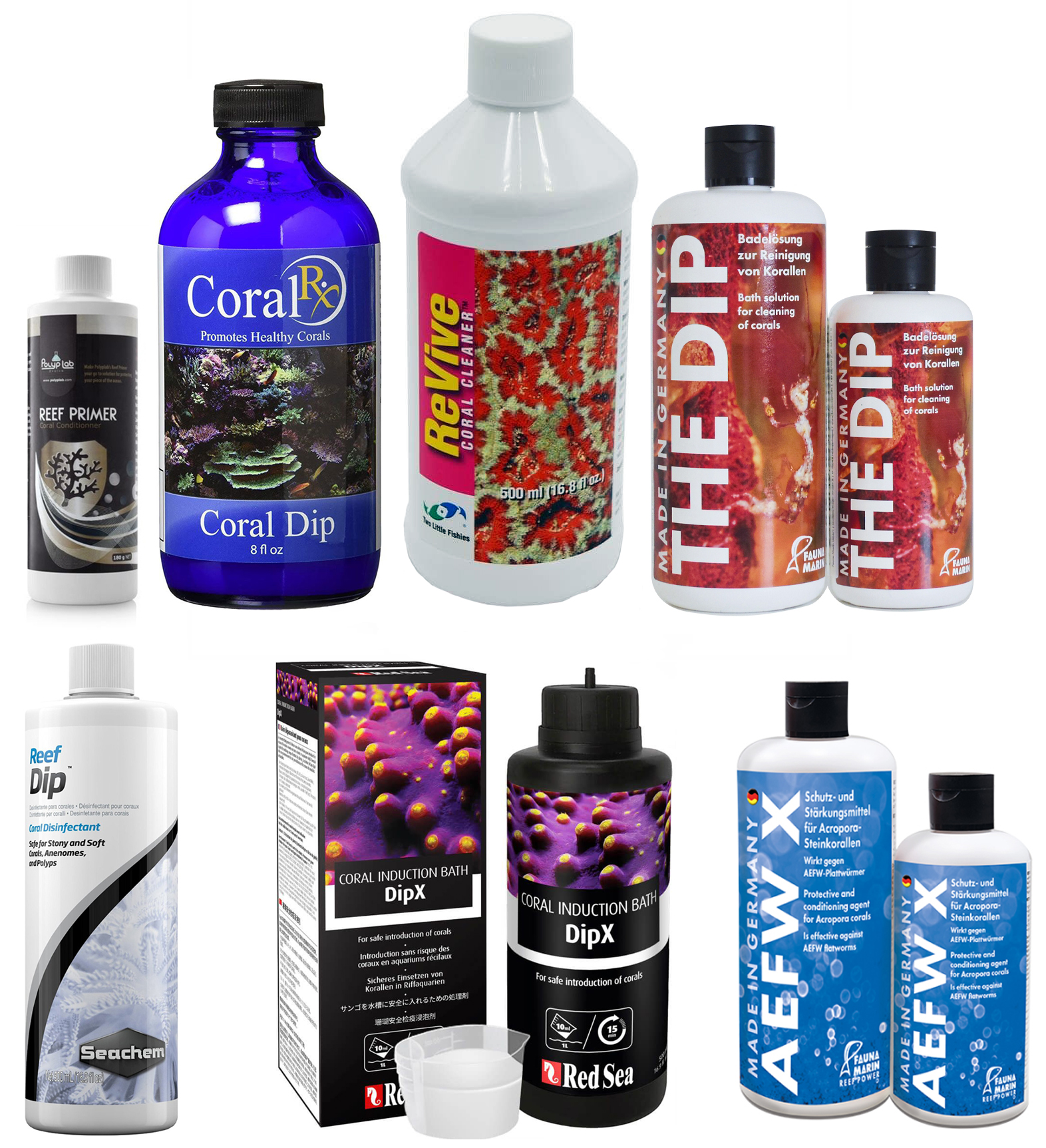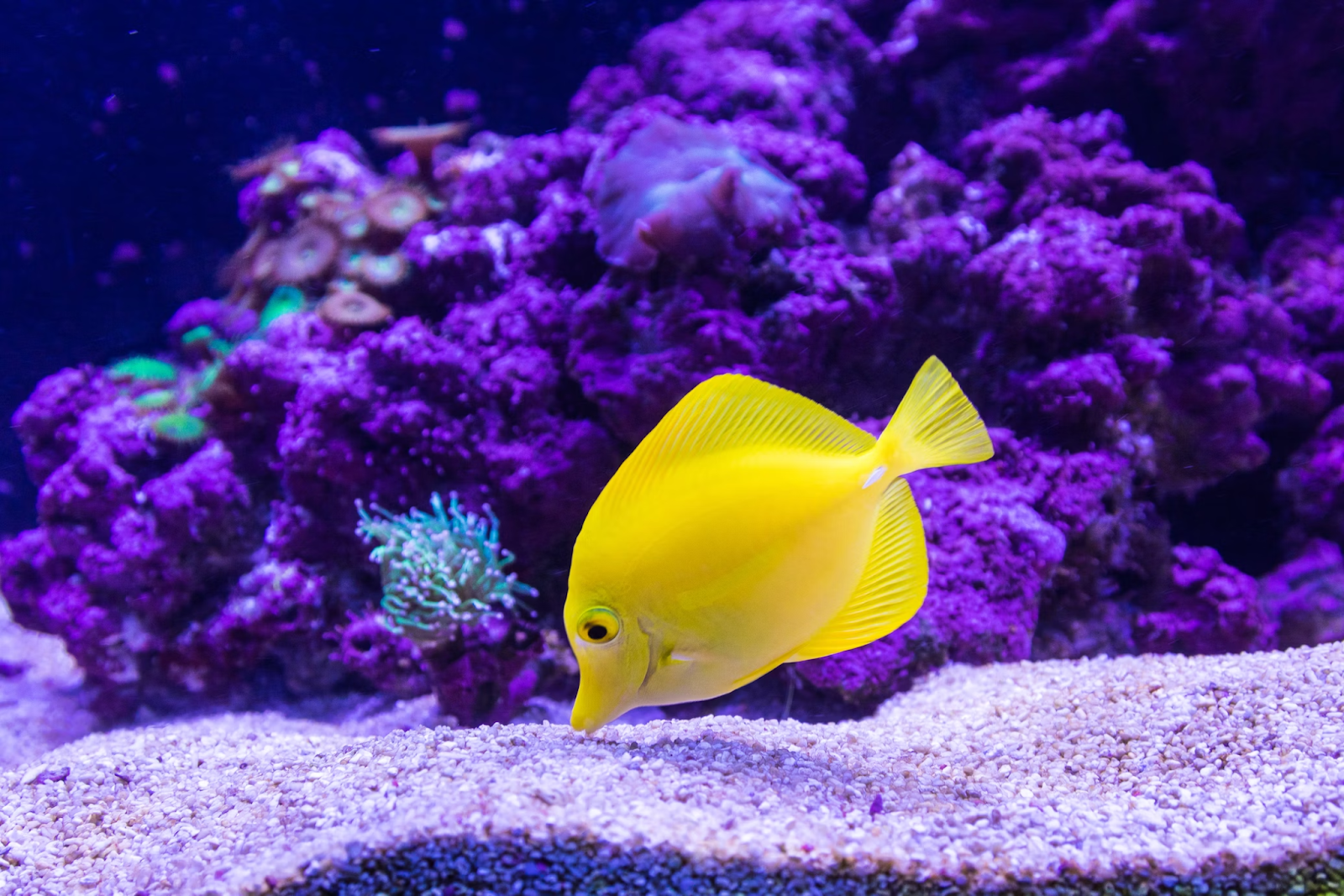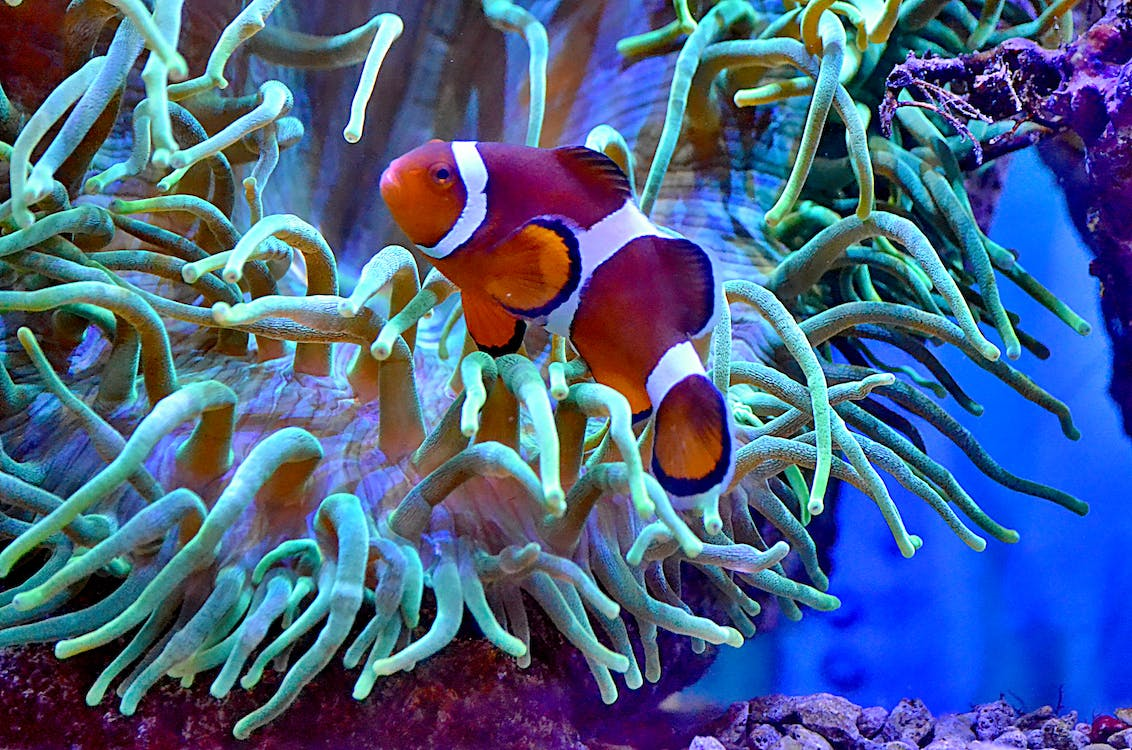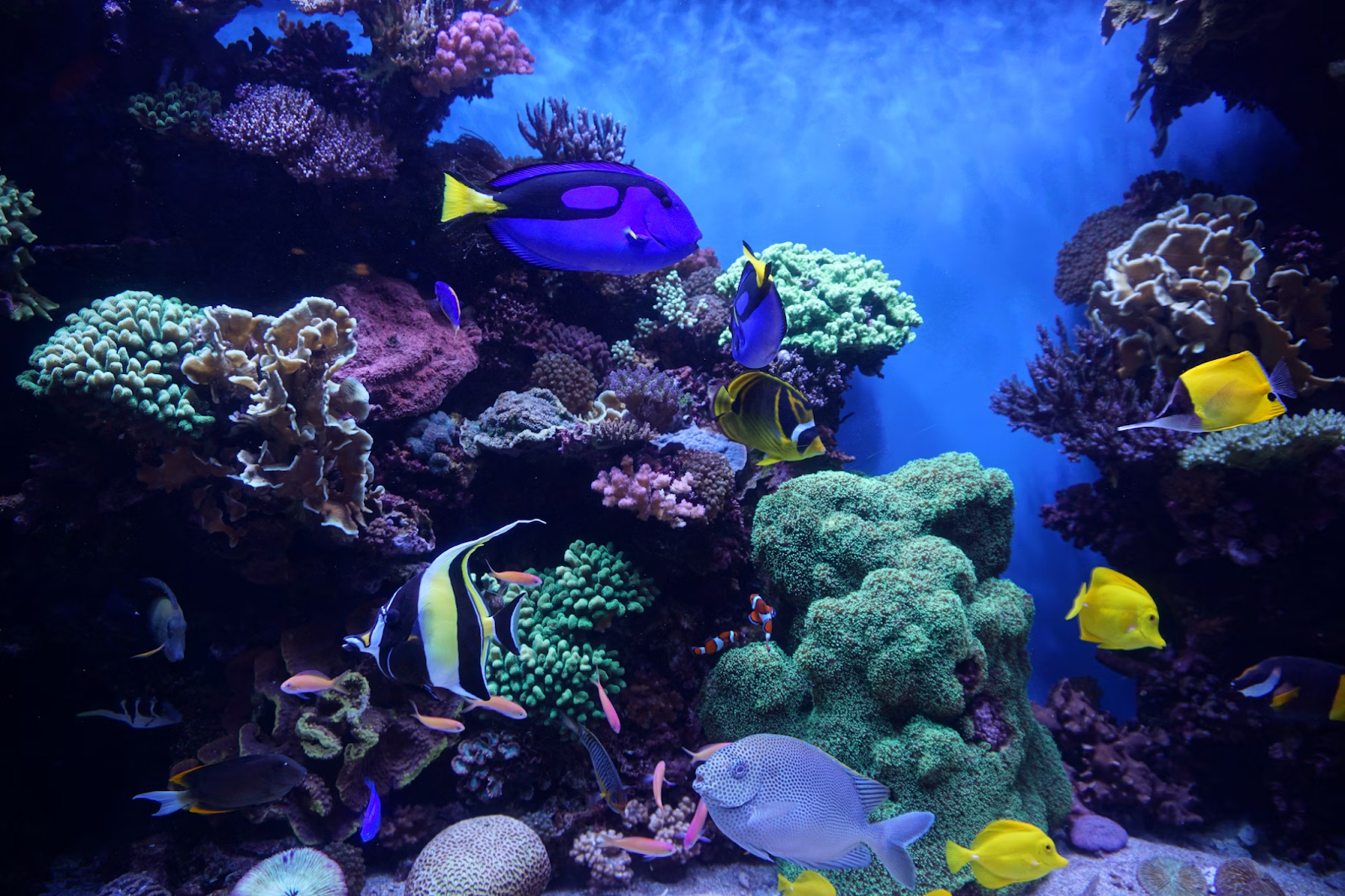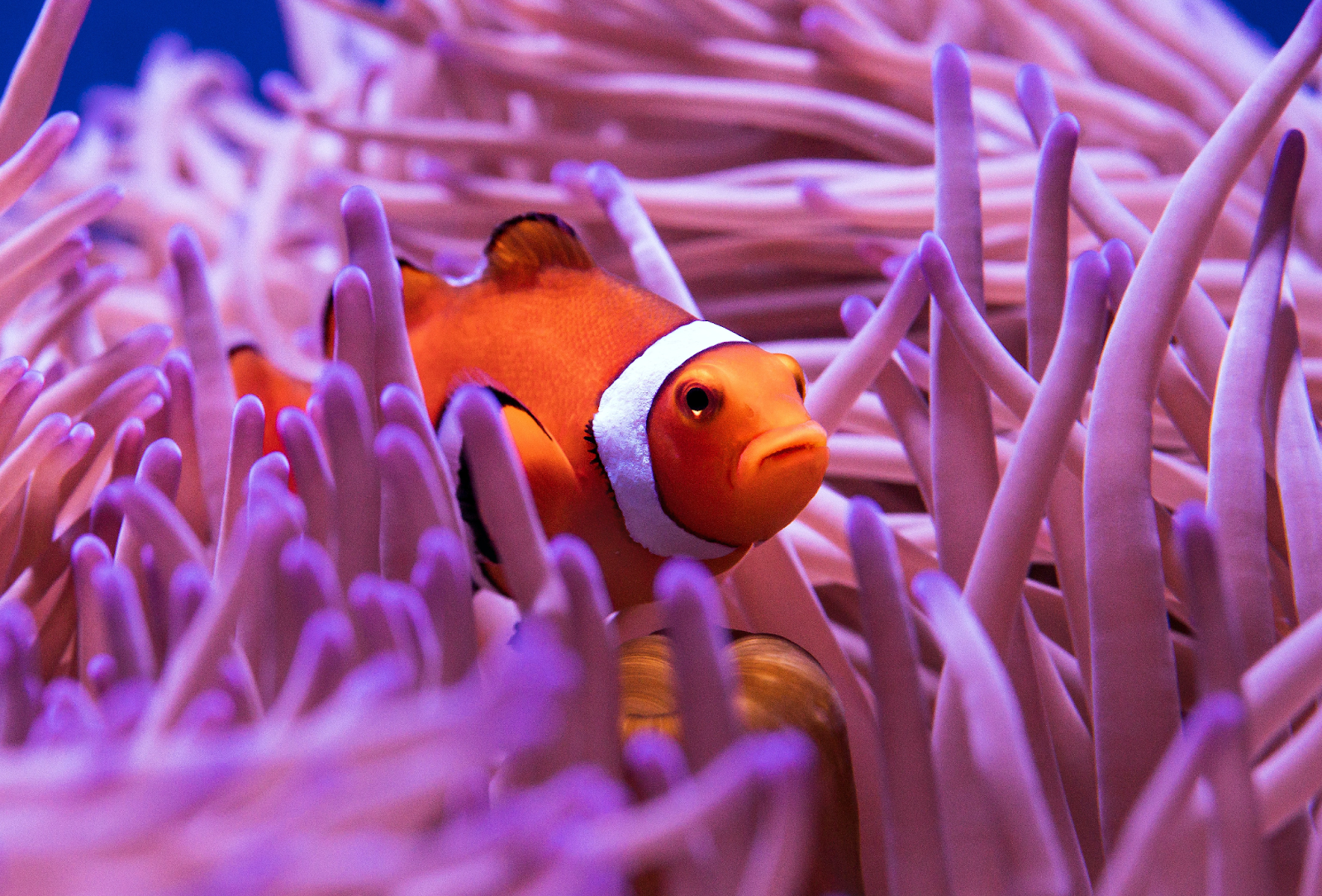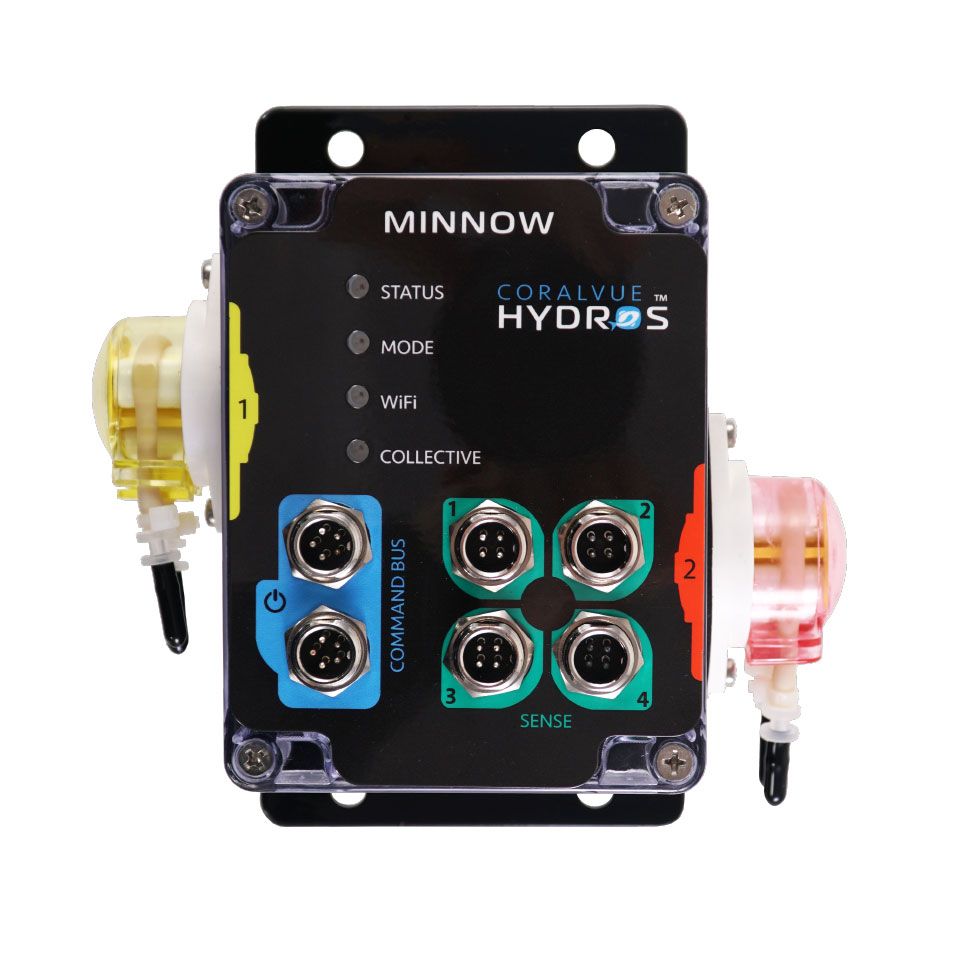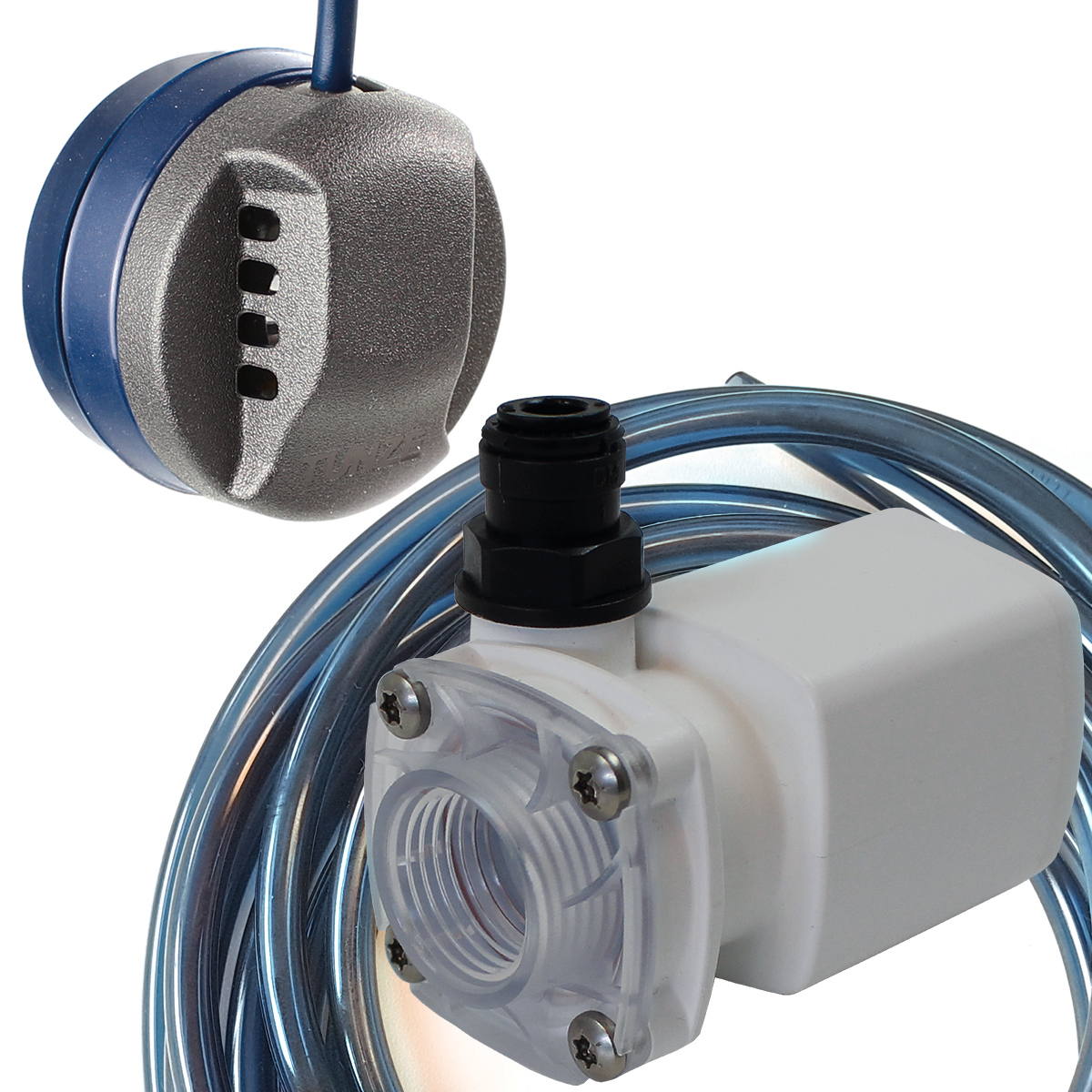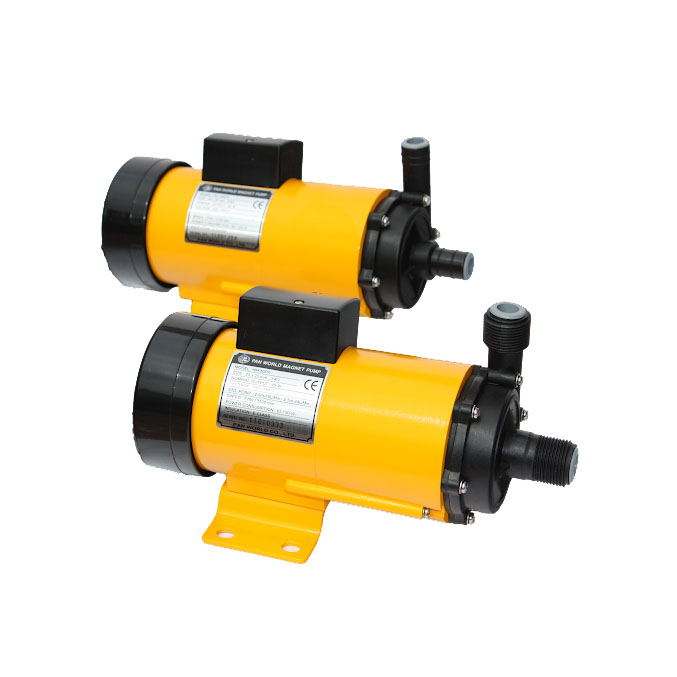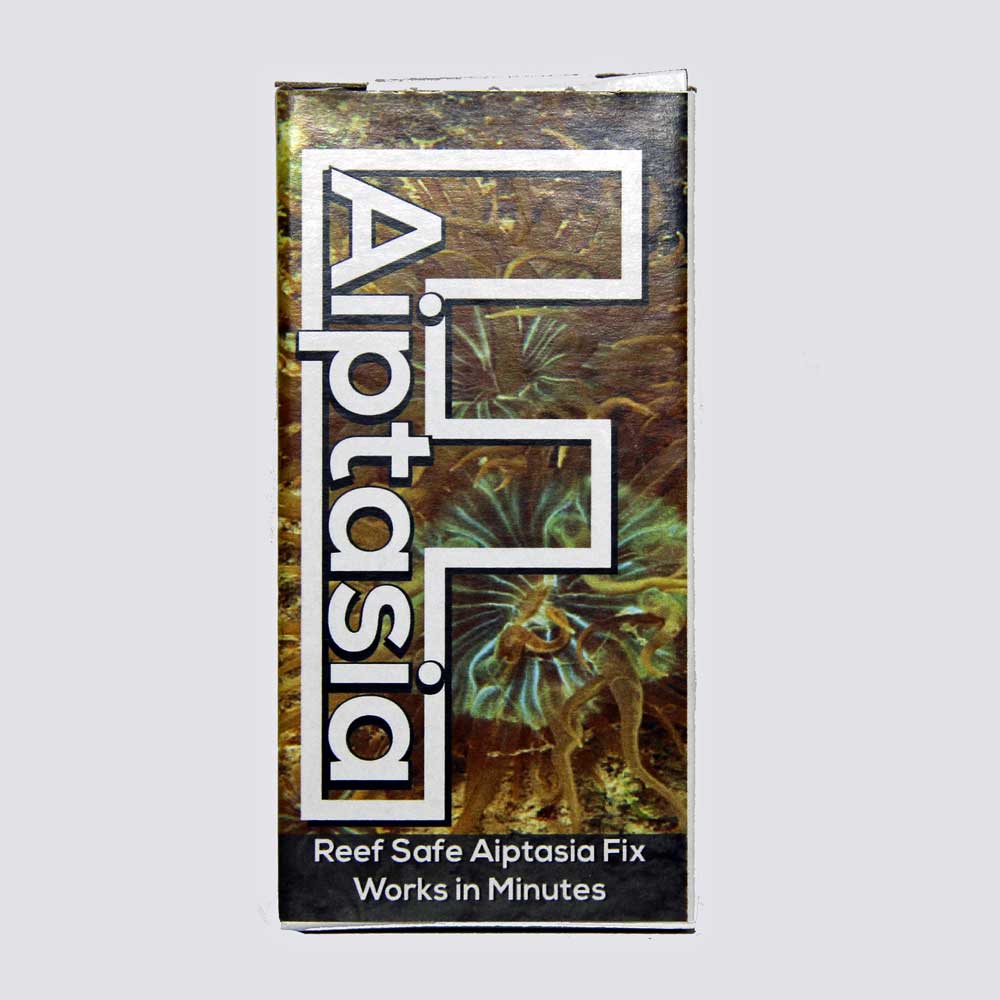Coral dipping is a crucial step in maintaining a thriving reef aquarium, helping to eliminate potential pests, parasites, and other harmful organisms that may hitchhike on newly acquired corals. Among the various coral dip solutions available in the market, Coral RX, Reef Primer, Two Little Fishies Revive, and Fauna Marin AEFW X are widely recognized for their effectiveness. In this comprehensive guide, we will delve into the benefits of each coral dip and discuss what specific organisms they target. But before we do that we are going list some of the commonly found pests that you will may encounter in the aquarium hobby.
Montipora Eating Nudibranchs: feed on the coral tissue from the Montipora and Anacropora genus. These nudibranchs can destroy large amounts of coral in a very short time. They can quickly desimate these corals because they multiply at a very rapid rate. These are hard to rid once you have them but some wrasse species will eat these and some dips will kill the adults.
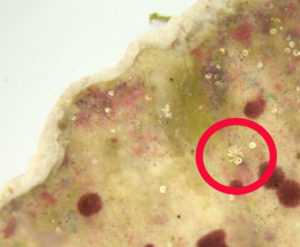
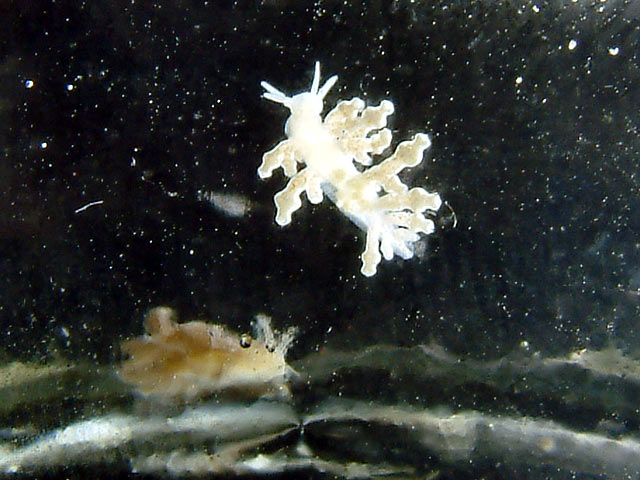
above photo credit: CoralRX
Zoanthid or zoa eating Nudibranchs: Zoanthid eating nudibranchs are aeolid gastropod mollusks, a type of sea slug that will eat zoanthid flesh and eventually kill your coral polyps. Zoa eating nudibranchs take on the color of the zoanthids they are eating, so they are sometimes difficult to spot. Zoa eating Nudibranchs are hermaphrodites, but not asexual. Various dips will kill the adults but killing the eggs may be more difficult. In addition to using a coral dip, we have also found that a careful freshwater dip about evey 7 days will kill the adults off and any newly hatched eggs will also be killed by freshwater dipping all of the polyps. Freshwater dipping every 7 days for 3 weeks should eliminate them from your tank.
Asterina Starfish: If you have been in the aquarium hobby for any length of time, then you have probably seen small starfish on your rock and aquarium glass and there is a good chance these are Asterina starfish. Most of these tiny starfish are harmless and non-parasitic species and most are oportunistic feeders. They will consume algae and dying organisims in the tank. Aquarists often get annoyed with them because they can quickly overpopulate an aquarium through asexual and sexual reproduction. Although, some subspecies will go after some polyp coral varieties. Dipping will take care of these guys, but if you already have a large population of them in your reef, introducing a Harlequin Shrimp is a great option.
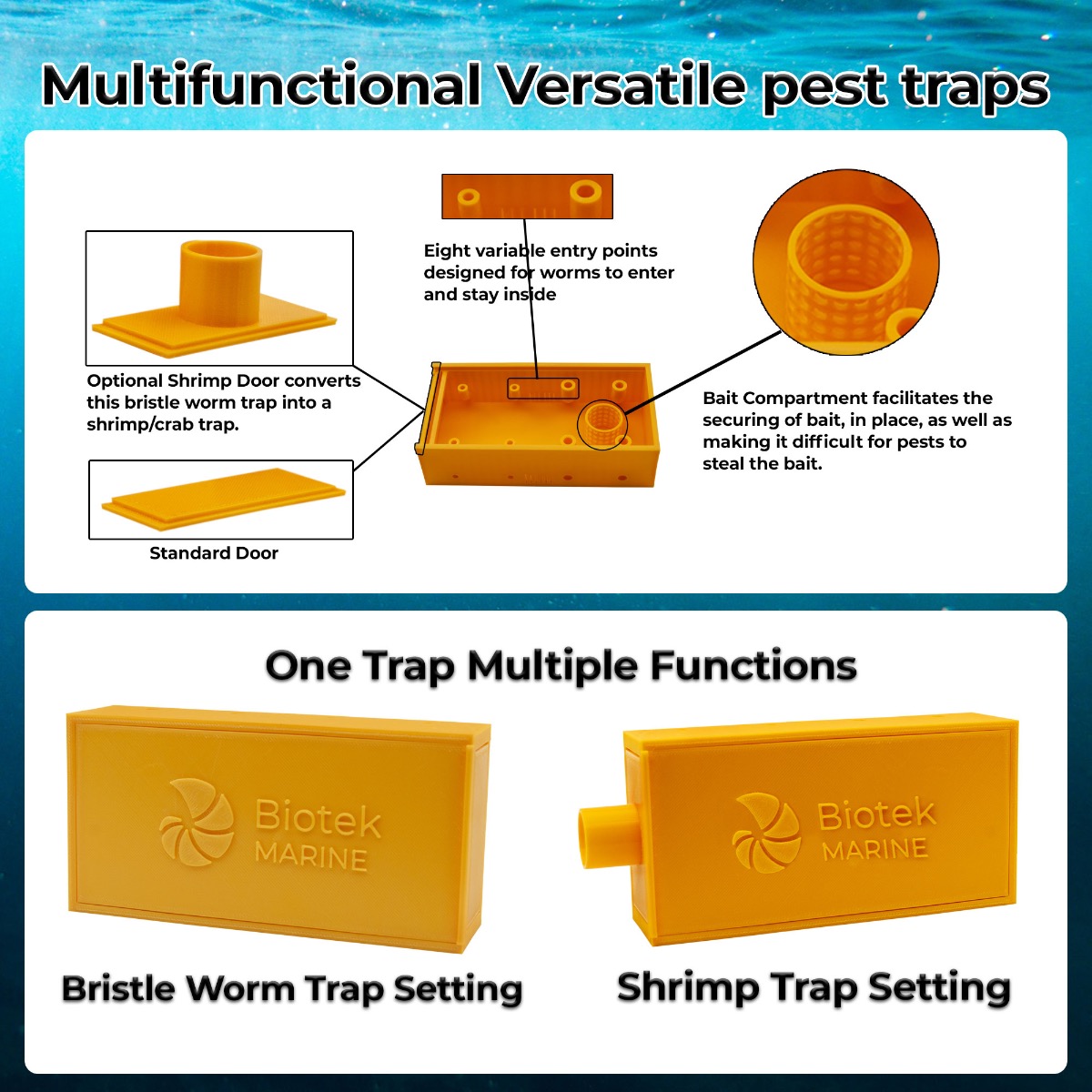
Bristle Worms: Bristleworms are less concerning, and many reefers aren’t bothered by their presence within a reef tank. Many wrasse species will also hunt smaller bristle worms and help control their population. In addition to adding wrasse to the aquarium, we also recommend the Biotek Marine bristleworm & Shrimp Trap. The trap is very good at reducing or eliminating bristleworms and collecting shrimp that you may want to remove or transfer to a different aquarium.
Acropora-Eating Flatworms: Acro Eating Flatworms (AEFW) are smaller than a half-inch, brownish-clear flatworms that only attack Acropora. These pests consume the Zooxanthellae that give Acropora their color, leaving them unhealthy, bleached, and on life-support, if not addressed immediately. A careful eye will easily see bite marks and tissue damange when AEFW are pressent. These flatworms will reproduce and lay eggs on coral branches where the tissue has died.
Red Bugs: Red Bugs are similar to Acro Eating Flatworms in that they only seem to go after Acropora. Red bugs generally target smooth-skinned Acros, and most dips should take care of them. They usually do far less damage than other pests; however, they still can wreak havoc on your corals. One of the best methods of eliminating Red Bugs is with Interceptor with its active ingredent, milbemycin oxiem.
Coral Dipping
Below is a list of some of the better known coral dips on the market and how to use them.
Coral RX Coral Dip:
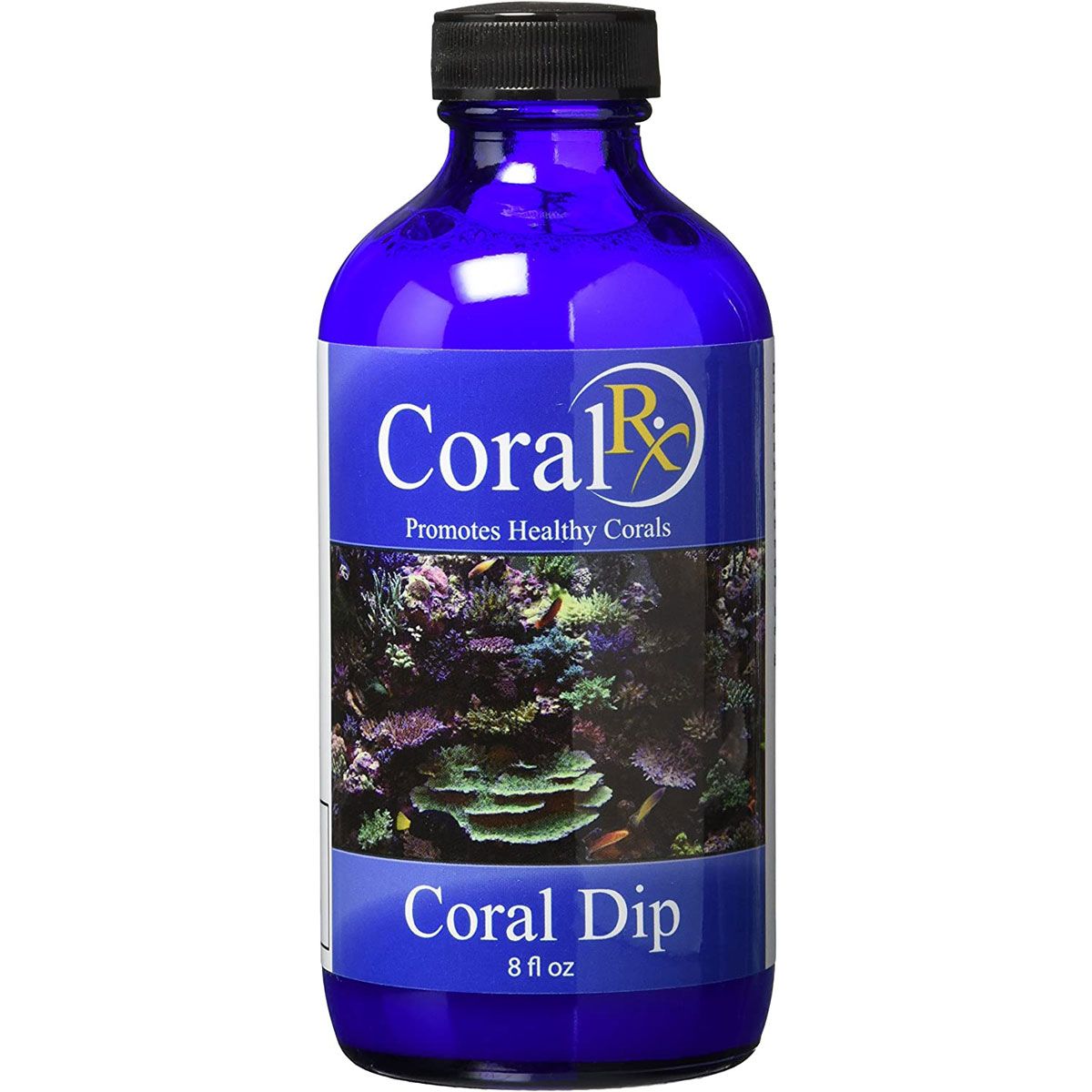
Coral RX is a popular and tried and true coral dip known for its broad-spectrum effectiveness against a wide range of pests, including flatworms, nudibranchs, and montipora eating nudibranchs (MEN). The active ingredient, quinine sulfate, is powerful yet coral-safe when used according to the manufacturers dipping instructions. Coral RX is effective in removing unwanted hitchhikers and parasites without causing harm to your valuable corals. Coral RX is available in 8 oz basic formula, 1 oz pro formula and tear-open 1-shot pouches.
Benefits:
-
- Broad-spectrum pest control
- Reef-safe when used as directed
- Easy to use
Coral RX Dipping Instructions:
- Mixing:
- Follow the manufacturer's instructions for the proper ratio of Coral RX to saltwater. Typically, a concentration of 30-50 mL of Coral RX per gallon of saltwater is recommended.
- Use a separate container for mixing to avoid contamination.
- Dipping:
- Place the coral in the dipping container, ensuring that it is fully submerged in the prepared Coral RX solution.
- Gently agitate the coral in the solution for 5-10 minutes, using a turkey baster or similar tool to direct the solution onto the coral.
- Rinsing:
- After dipping, transfer the coral to a separate container with clean saltwater for rinsing.
PolyLab Reef Primer: A Gentle Approach
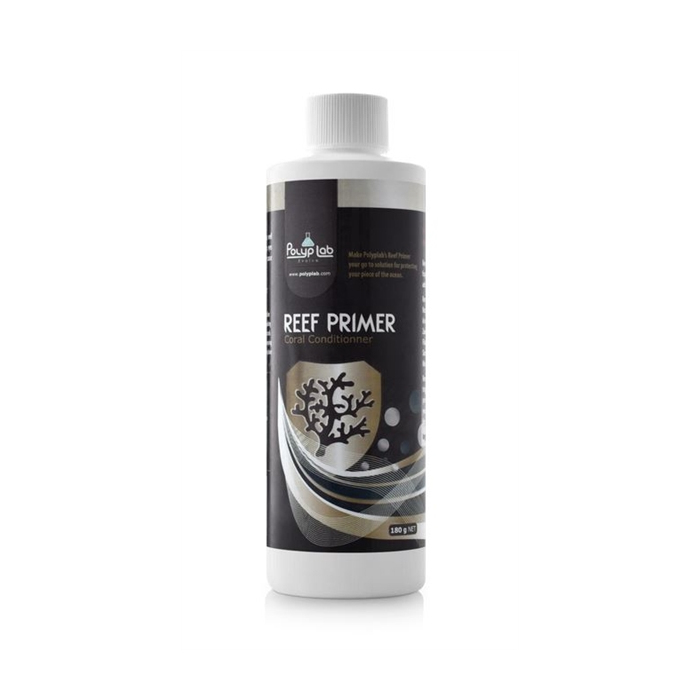
Polyp Lab's Reef Primer is recognized for its gentle yet effective formula. It is particularly suitable for delicate corals, as it helps remove unwanted pests without causing stress to the corals themselves. Reef Primer is often preferred by aquarists who prioritize a more cautious approach to coral dipping.
Reef primer will clean away: Zoanthid Eating Nudibranchs, Montipora Eating Nudibranchs, Acropora Eating Flatworms, Brstleworms, Zoanthid Eating Spiders, Red Flatworms, Filamentous Hair Algae, Rapid Tissue Necrosis (RTN), Slow Tissue Necrosis (STN), Bacterial Infections, and More.
Reef Primer is gentle on your coral and won't trigger a stress response due to the dipping process. For complete protection, simply dip your corals or frags in the Reef Primer solution for 5 minutes.
Ingredients: Potassium Salts
Benefits:
-
- Gentle on delicate corals
- Effectively eliminates pests
- Ideal for fragging and propagation purposes
Reef Primer Dipping Instructions:
- Mixing:
- Mix Reef Primer at a concentration of 1 capful (approximately 5 mL) per gallon of saltwater.
- Dipping:
- Place the coral in the dipping container, ensuring complete submersion in the Reef Primer solution.
- Gently agitate the coral for 5-10 minutes, using a turkey baster to target pests on the coral's surface.
- Rinsing:
- Transfer the coral to a separate container with clean saltwater for rinsing.
- Rinse the coral thoroughly to remove any remaining dip solution.
Two Little Fishies Revive: Coral Restoration
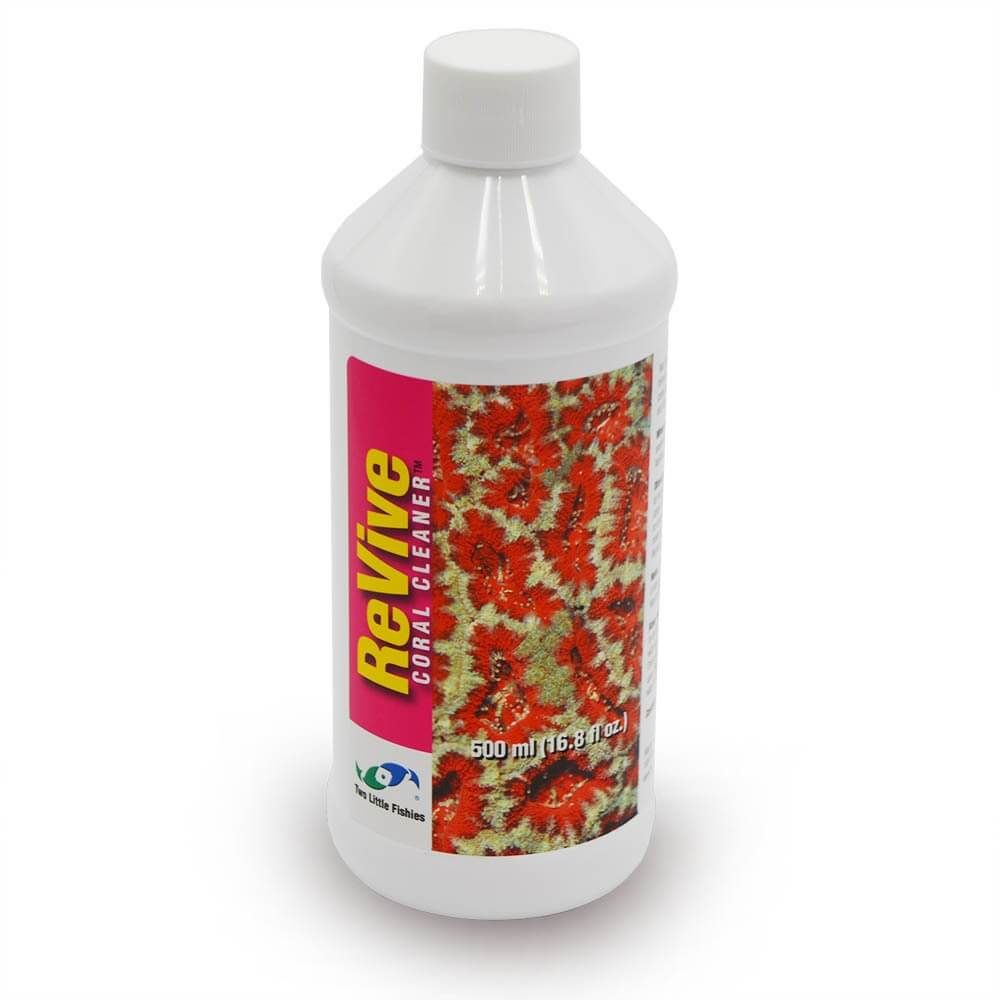
Two Little Fishies Revive is designed not only for pest control but also for the restoration of damaged corals. This dip contains natural and organic ingredients that aid in tissue repair and recovery. It is especially useful for corals that have undergone stress during transportation or handling.
Benefits:
-
- Supports coral tissue repair
- Effective pest control
- Enhances coral recovery after stress
TLF Revive Dipping Instructions:
- Mixing:
- Mix Revive at a concentration of 1 capful (approximately 5 mL) per gallon of saltwater.
- Dipping:
- Submerge the coral in the Revive solution, ensuring full coverage.
- Allow the coral to soak for 5-10 minutes, using a turkey baster to target pests if necessary.
- Rinsing:
- Transfer the coral to a separate container with clean saltwater for rinsing.
- Rinse the coral thoroughly to remove any remaining dip solution.
Fauna Marin The Dip
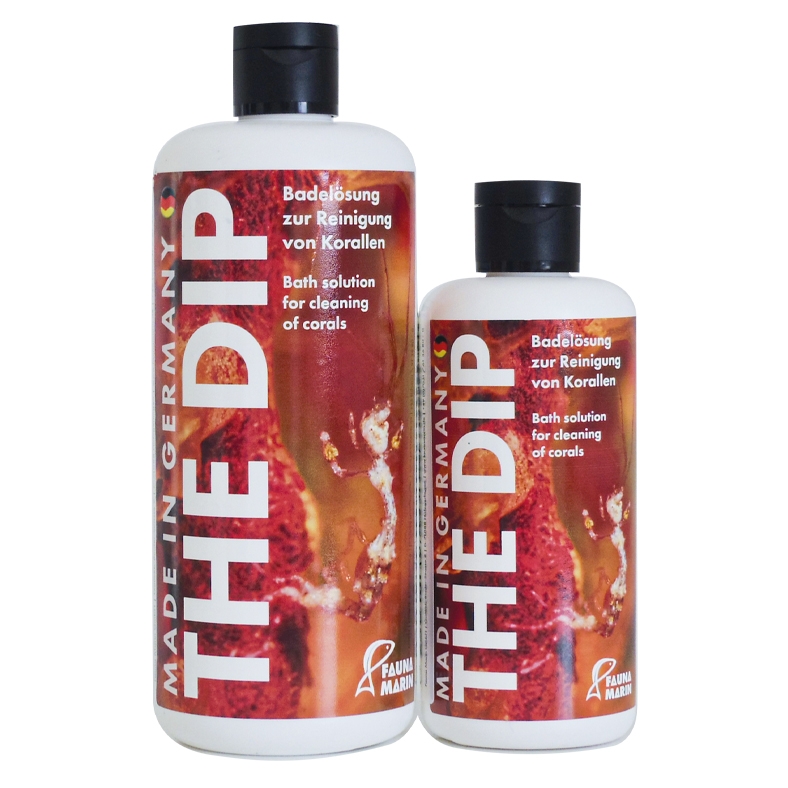
Fauna Marin's The Dip is a specialized coral dip solution designed to address a variety of common coral pests and parasites. Known for its efficacy and coral-friendly formulation, The Dip is an integral part of many aquarists' arsenal for maintaining a pest-free reef environment. It targets pests such as flatworms, nudibranchs, and other unwanted hitchhikers that we find on various species of corals.
Dipping Instructions:
-
Mixing:
- Prepare a dipping solution by adding 1 capful (approximately 5 mL) of Fauna Marin The Dip per gallon of saltwater.
- Use a separate container for mixing to prevent contamination.
-
Dipping:
- Submerge the coral in The Dip solution, ensuring complete coverage of the coral's surface.
- Gently agitate the coral for 10-15 minutes, using a turkey baster or similar tool to direct the solution onto the coral and dislodge any pests.
-
Rinsing:
- Transfer the coral to a separate container with clean saltwater for thorough rinsing.
- Rinse the coral multiple times to ensure the removal of any remaining dip solution.
-
Observation:
- Monitor the coral for any signs of stress during and after the dipping process.
- If pests are visible, use a soft brush or toothbrush to gently scrub affected areas during the dipping process.
Additional Tips:
- The Dip can be used preventatively when introducing new corals to the aquarium, helping to minimize the risk of introducing unwanted organisms.
- Consider quarantining new corals before introducing them to the main aquarium to further prevent potential pest issues.
Compatibility:
- Fauna Marin The Dip is generally safe for use with a wide range of corals, but it's essential to observe individual coral sensitivity and adjust the dipping time if necessary.
Fauna Marin AEFW X: Targeting AEFWs
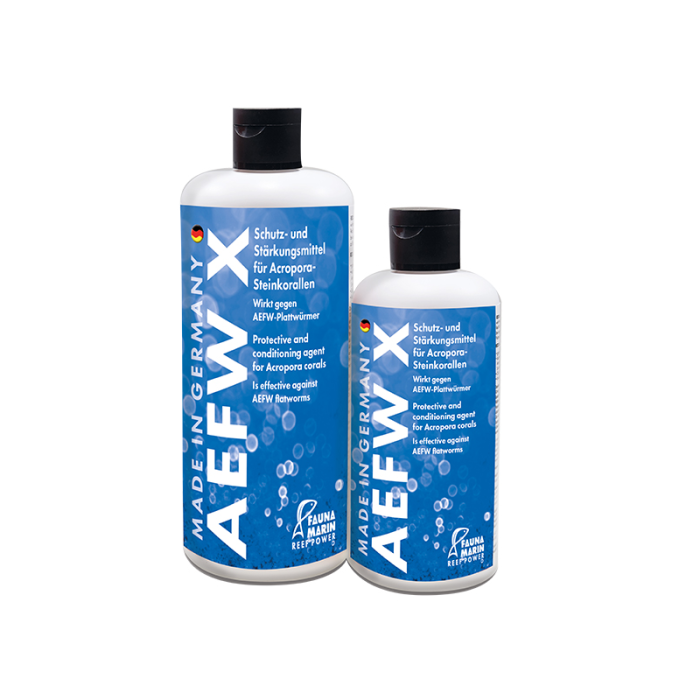
Fauna Marin AEFW X is specifically formulated to combat Acropora-Eating Flatworms (AEFWs), a notorious pest that targets Acropora corals. This dip is highly effective in eradicating AEFWs while being gentle on the affected corals. AEFW X is a targeted solution for a specific threat, making it a valuable tool in preventing AEFW infestations.
Benefits:
-
- Targets Acropora-Eating Flatworms
- Safe for Acropora corals
- Prevents AEFW infestations
Fauna Marin AEFW X Dipping Instructions:
- Mixing:
- Mix AEFW X at a concentration of 1 capful (approximately 5 mL) per gallon of saltwater.
- Dipping:
- Submerge the coral in the AEFW X solution, ensuring complete coverage.
- Allow the coral to soak for 10-15 minutes to effectively target Acropora-Eating Flatworms.
- Rinsing:
- Transfer the coral to a separate container with clean saltwater for rinsing.
- Rinse the coral thoroughly to remove any remaining dip solution before returning it to the aquarium.
Seachem Reef Dip
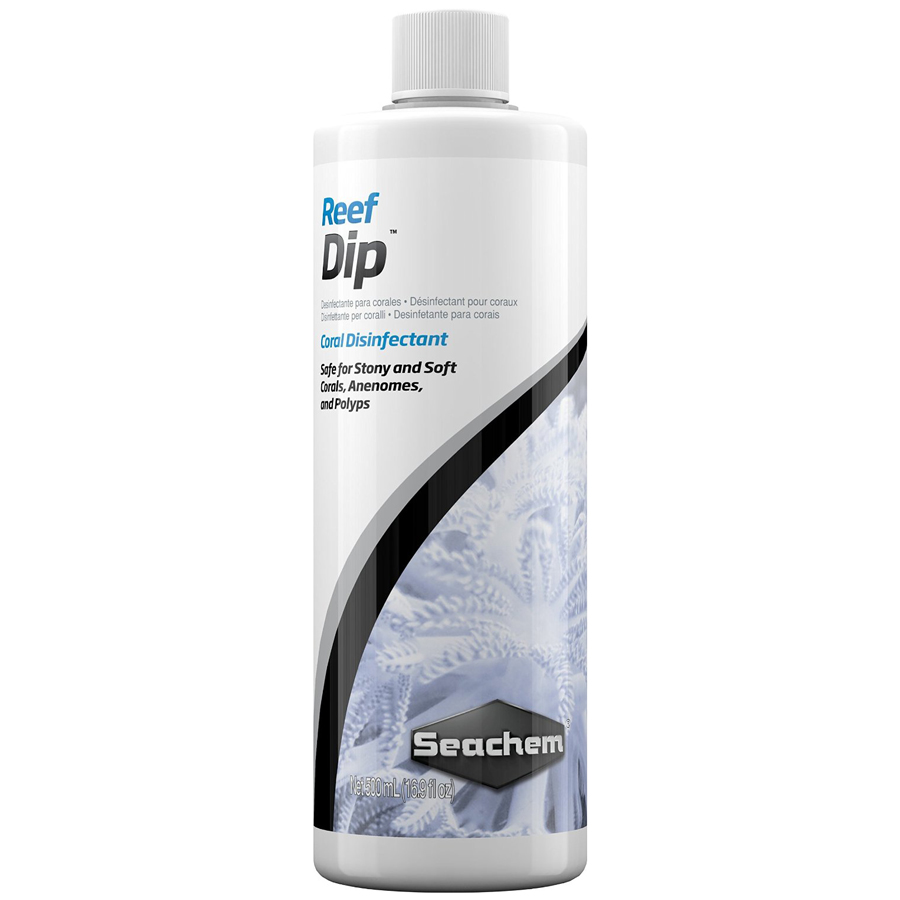
Seachem's Reef Dip s a widely used coral dip solution designed to eliminate a range of parasites, bacterial infections, and nuisance algae from newly acquired corals. With a formulation that is both effective and gentle on corals, Reef Dip has become a trusted choice among aquarists for maintaining a healthy and pest-free reef environment.
Dipping Instructions:
-
Mixing:
- Prepare a dipping solution by adding 5 mL (1 capful) of Seachem Reef Dip per gallon of aquarium water.
- Use a separate container for mixing to avoid contamination.
-
Dipping:
- Submerge the coral in the Reef Dip solution, ensuring complete coverage.
- Gently agitate the coral for 5-10 minutes, using a turkey baster or similar tool to dislodge and remove pests from the coral's surface.
-
Rinsing:
- Transfer the coral to a separate container with clean saltwater for rinsing.
- Rinse the coral thoroughly to remove any remaining dip solution, using a gentle water flow or by dipping it several times in clean water.
-
Observation:
- Observe the coral for any signs of stress or irritation during and after the dipping process.
- If pests are visible, use a soft brush or toothbrush to gently scrub affected areas during the dipping process.
Additional Tips:
- Reef Dip can be used as a prophylactic measure when introducing new corals to the aquarium, helping prevent the introduction of unwanted organisms.
- For optimal results, use Reef Dip in conjunction with proper quarantine procedures for newly acquired corals.
Compatibility:
- Seachem Reef Dip is generally safe for use with a wide variety of corals, but it's essential to observe individual coral sensitivity and adjust the dipping time accordingly.
By incorporating Seachem Reef Dip into your coral dipping routine alongside other reputable products mentioned above, you can create a well-rounded approach to coral health and pest control in your reef aquarium.
Red Sea Coral X Dip
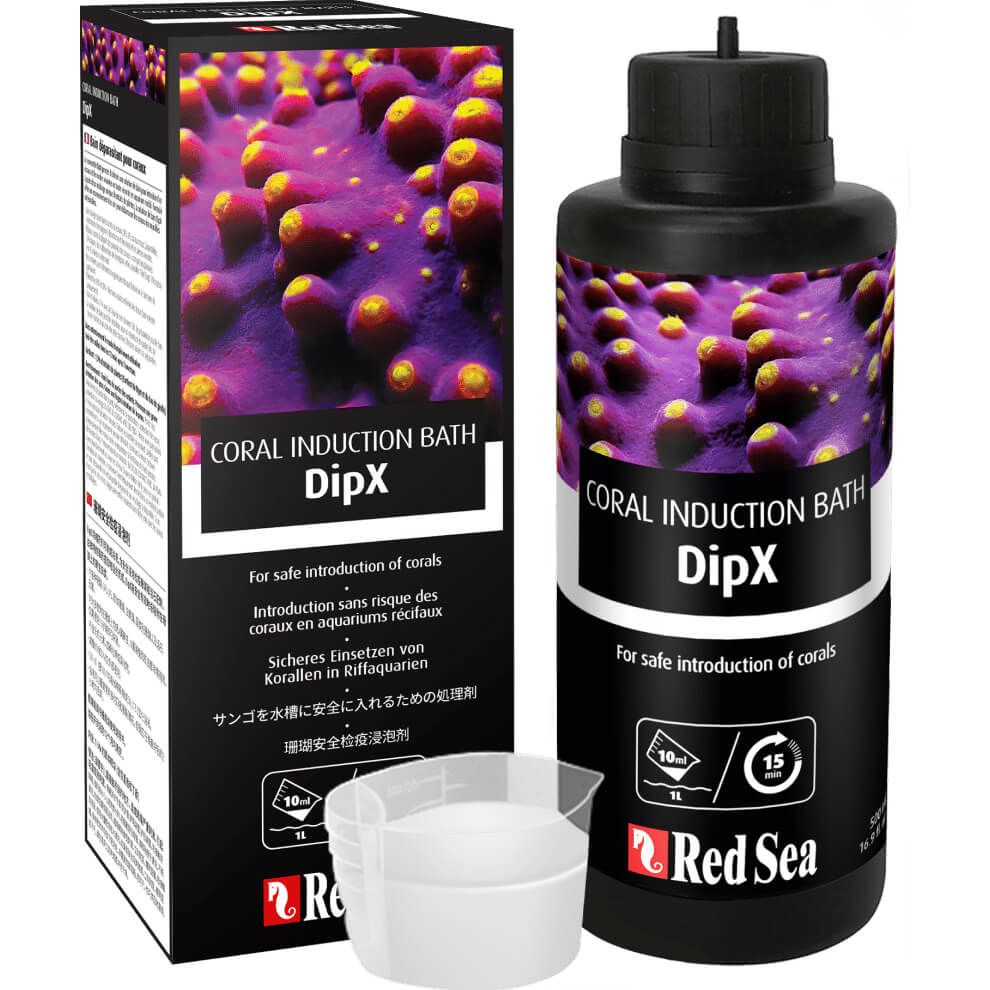
Coral X is one of the newer coral dips known for its effectiveness against a variety of coral pests and parasites. Like the other dips mentioned above, it is formulated to be gentle on corals while still providing a powerful solution for pest control. The active ingredients in Coral X Dip work to eliminate parasitic nudibranchs, and other common aquarium pests that are typically found on many corals.
Dipping Instructions:
- Mixing:
- Follow the manufacturer's recommendations for the proper ratio of Coral X Dip to saltwater. Typically, a concentration of 1 capful (approximately 5 mL) per gallon of saltwater is recommended.
- Use a separate container for mixing to prevent contamination.
- Dipping:
- Place the coral in the dipping container, ensuring that it is fully submerged in the prepared Coral X Dip solution.
- Gently agitate the coral in the solution for 10-15 minutes, using a turkey baster or similar tool to direct the solution onto the coral's surface.
- Rinsing:
- After dipping, transfer the coral to a separate container with clean saltwater for rinsing.
- Rinse the coral thoroughly to remove any residual dip solution before returning it to the aquarium.
Additional Tips:
- Coral X Dip can be used as a preventative measure when introducing new corals to your aquarium.
- If pests are visible on the coral, use a soft brush or toothbrush to gently scrub the affected areas during the dipping process.
- For particularly sensitive corals, it's advisable to monitor the dipping time and reduce it if signs of stress are observed.
Conclusion:
Coral dipping and trapping unwanted pests is an essential practice in maintaining a healthy aquarium and it reduces the chances of introducing unwanted pests into your main display tank. The choice of a coral dip depends on various factors, including the types of corals you are treating and the specific pests you want to eliminate. Coral RX, Reef Primer, Two Little Fishies Revive, Fauna Marin The Dip & AEFW X, Seachem Coral Dip and Red Sea’s Coral X are all reputable products with unique benefits. By understanding the characteristics and target organisms of each coral dip, aquarists can make informed decisions to safeguard their coral colonies and maintain a vibrant and thriving reef environment.
Safety Precautions:
- Always wear appropriate protective gear, such as gloves and safety goggles, when handling corals and coral dips.
- Follow the manufacturer's guidelines and recommendations for usage to ensure the well-being of both the corals and the aquarium environment.
We hope this guide helps you with your endevors to keeping a successful reef aquarium.




